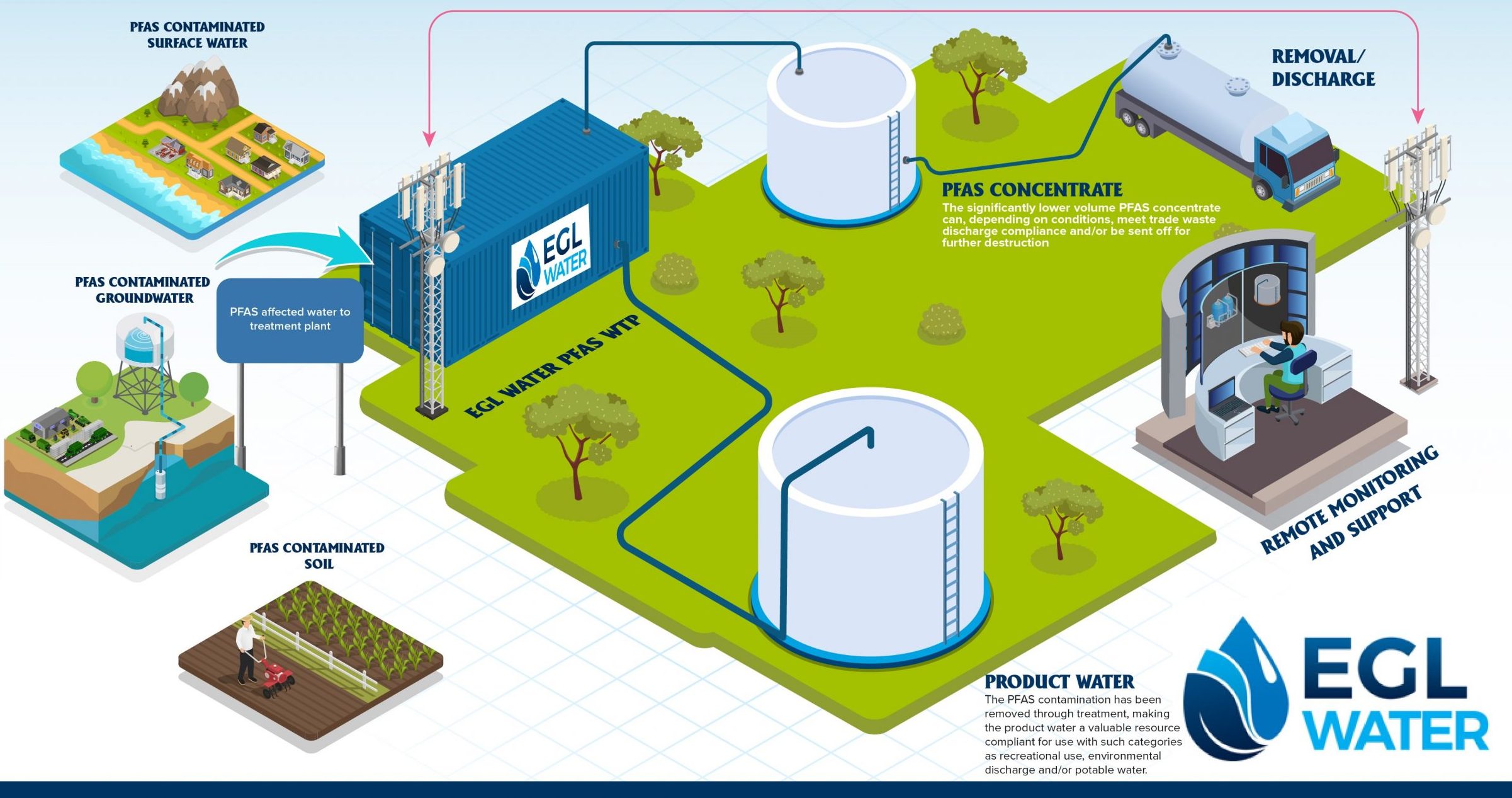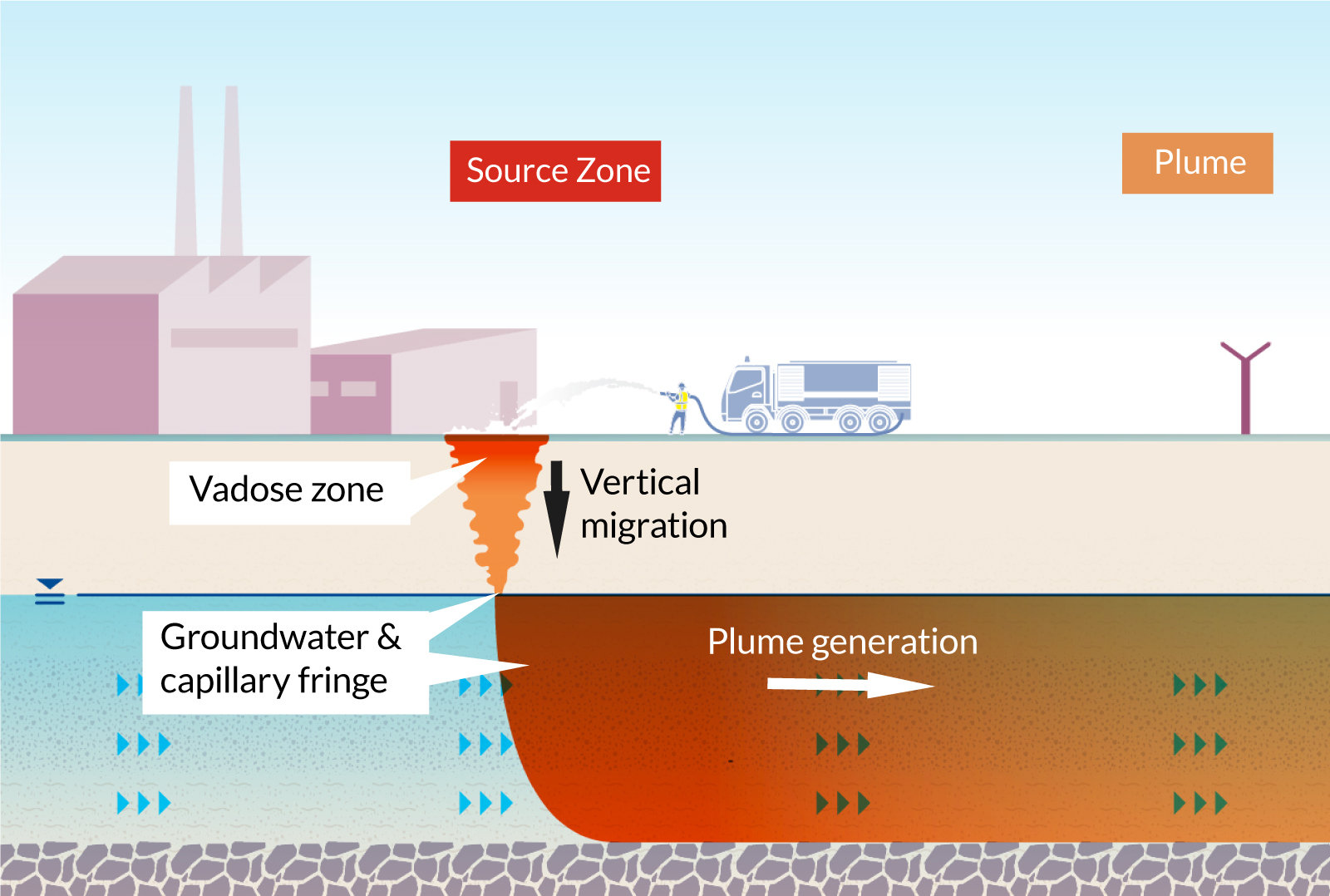M270 PFAS Treatment for Industrial Water Systems
Wiki Article
Your Overview to PFAS Therapy Technologies and Benefits
The frequency of PFAS contamination in water sources necessitates a detailed understanding of offered therapy technologies. Different methods, such as triggered carbon purification, ion exchange systems, and advanced oxidation procedures, existing unique benefits in addressing these persistent toxins. Each technology not just targets specific PFAS substances but also plays an important role in enhancing total water top quality and shielding ecological integrity. As areas grapple with the ramifications of PFAS direct exposure, the option of an ideal treatment method ends up being progressively essential, triggering a more detailed evaluation of these innovations and their respective advantages.Understanding PFAS Contamination
Recognizing PFAS contamination is crucial for addressing its pervasive effect on ecological and human health and wellness (m270 pfas treatment). Per- and polyfluoroalkyl compounds (PFAS) are a team of artificial chemicals commonly utilized in various commercial and customer items because of their water- and grease-resistant residential properties. Frequently located in firefighting foams, non-stick kitchenware, and water-repellent materials, PFAS have gone into the atmosphere with production procedures, wastewater discharges, and seeping from garbage dumpsWhen launched, these substances continue in the atmosphere, resulting in extensive contamination of dirt and water sources. Their one-of-a-kind chemical structure, characterized by solid carbon-fluorine bonds, provides them immune to destruction, causing a phenomenon understood as "forever chemicals." PFAS can gather in the human body and the food chain, possibly creating adverse health results, consisting of immune system disturbance, developmental problems, and an enhanced threat of certain cancers cells.
Regulatory agencies and health companies are progressively acknowledging the relevance of PFAS contamination, triggering initiatives to keep an eye on, evaluate, and alleviate its results. Comprehending the pathways of PFAS contamination is necessary for educating public plan and developing effective techniques to secure both environmental and human health.
Overview of Therapy Technologies
Numerous treatment technologies have been established to attend to the difficulties positioned by PFAS contamination in water and soil. These modern technologies can be broadly identified right into a number of categories, each with its distinct devices and performance in removing PFAS compounds.One prominent strategy is ion exchange, which utilizes resin products to capture and eliminate PFAS from contaminated water. This technique is particularly reliable for short-chain PFAS and can accomplish considerable reductions in focus levels. One more innovation, advanced oxidation procedures (AOPs), uses strong oxidants and ultraviolet light to damage down PFAS right into less hazardous materials. AOPs are ideal for treating a wide variety of PFAS substances however may need cautious optimization to make the most of efficiency.

Turned On Carbon Filtering
Activated carbon filtering is a commonly utilized method for the removal of PFAS from infected water, known for its ability to adsorb a broad variety of natural compounds. This modern technology employs activated carbon, a highly permeable product with a substantial surface location, which promotes the binding of PFAS particles via physical adsorption. The efficiency of triggered carbon in eliminating PFAS is affected by a number of variables, Recommended Site including the type of carbon made use of, the contact time, and the focus of PFAS in the water.Among the advantages of activated carbon filtration is its flexibility; it can be executed in various configurations, such as granular turned on carbon (GAC) systems or powdered turned on carbon (PAC) systems. GAC systems are usually utilized in larger-scale applications, while PAC can be made use of in smaller sized or short-term arrangements. The innovation is reasonably easy to run and preserve, making it accessible for lots of water treatment centers.

Ion Exchange Solution
Ion exchange systems represent an additional effective strategy for the removal of PFAS from polluted water, matching techniques like turned on carbon filtering. These systems operate the concept of trading ions in the water with ions hung on a resin product. Ion exchange resins can be specifically developed to target the negatively billed PFAS compounds, successfully catching them and enabling cleaner water to pass through.Among the main advantages of ion exchange systems is their ability to get rid of a vast array of PFAS, consisting of both long-chain and short-chain versions. This versatility makes them suitable for numerous applications, ranging from metropolitan water treatment to commercial procedures. Additionally, ion exchange systems can often accomplish reduced detection restrictions for PFAS compared to some other therapy methods, thus improving water quality.
Nevertheless, it is necessary to keep an eye on and take care of the regeneration of ion exchange media, as the performance can decline with time as a result of saturation. Proper maintenance and replacement of the resin are vital for maintaining the system's efficiency. On the whole, ion exchange systems offer a trusted and efficient service for PFAS removal, contributing substantially to risk-free alcohol try these out consumption water criteria and ecological protection.
Advanced Oxidation Processes
Advanced Oxidation Processes (AOPs) utilize powerful oxidants to efficiently break down PFAS substances in contaminated water. These innovative therapy techniques create very responsive species, such as hydroxyl radicals, that can break down intricate PFAS particles into less hazardous by-products. m270 pfas treatment. AOPs commonly use mixes of ultraviolet (UV) light, ozone, hydrogen peroxide, or Fenton's reagent, boosting the oxidation possibility and enhancing destruction effectivenessThe primary advantage of AOPs hinges on their ability to target a wide variety of PFAS substances, including both long-chain and short-chain variations. This versatility is important, as PFAS contamination frequently includes mixes of different substances with differing chemical structures. AOPs can be integrated into existing water therapy find this systems, making them a functional option for many districts and markets.
Nevertheless, the implementation of AOPs can be resource-intensive, calling for mindful consideration of operational expenses and energy intake. In addition, while AOPs work in breaking down PFAS, they might not totally remove all by-products, necessitating more treatment steps - m270 pfas treatment. Generally, AOPs represent an appealing avenue for addressing PFAS contamination, adding to cleaner water resources and improved public health security

Verdict
By selecting the proper technology, communities can boost water high quality, protect public wellness, and mitigate the ecological risks connected with PFAS exposure. Proceeded research and application of these approaches are vital for reliable management of PFAS contamination in influenced areas.Report this wiki page